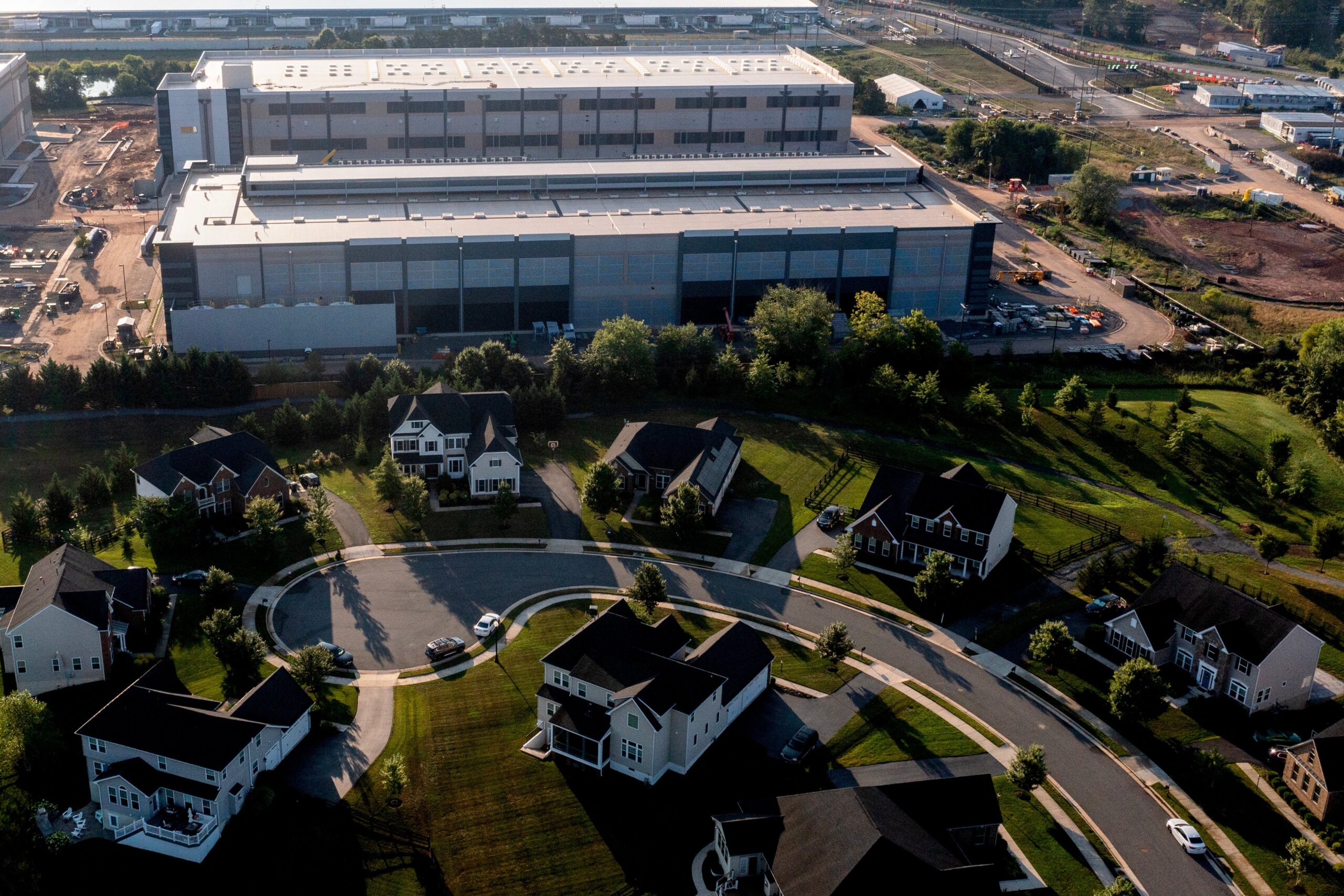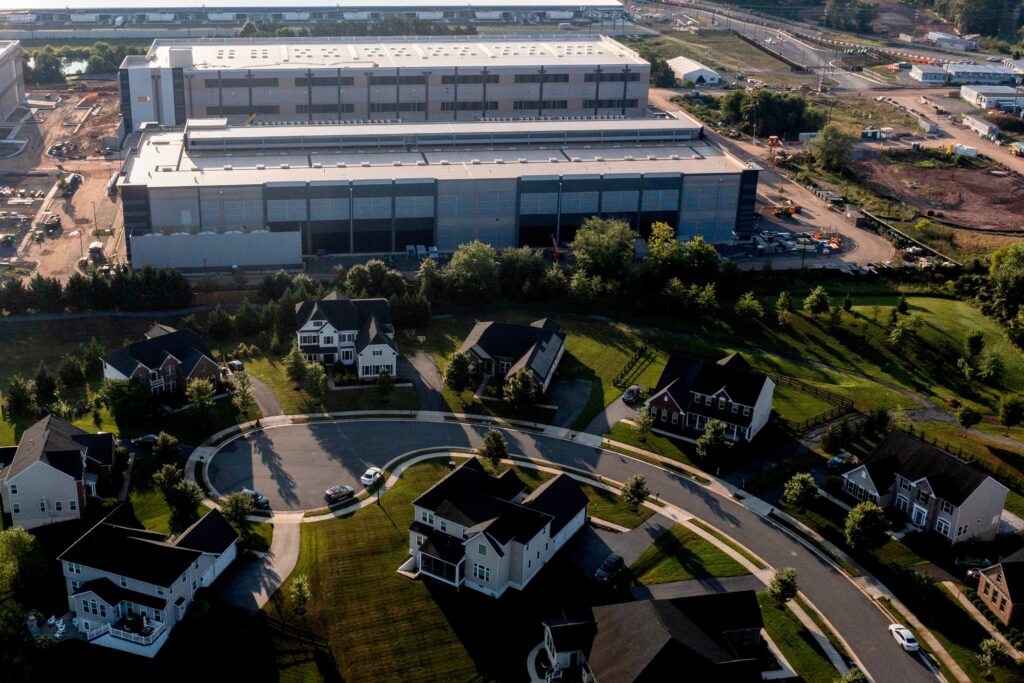
Big Tech’s data hunger is even worse for the environment than its main players let on, according to a new investigation by the Guardian. The all-out push for AI (and the necessary processing energy it demands) is only exacerbating the demand.
The new report analyzed real (or location-based) emissions from Google, Microsoft, Meta, and Apple’s company-owned data centers, finding that their total reported emissions are likely more than 7 times (or 662 percent) higher than current reports. The disparity, according to the Guardian, can be attributed to what experts call “creative accounting” of emissions via renewable energy certificates (Recs). Purchased Recs allow companies to offset some of its electricity consumption to renewable energy-generated electricity (basically “cancelling out” its emissions). But these renewable energy sources are often not actually consumed by the company’s perpetrating facilities or even those nearby.
Rather than a true estimate of emissions in a specific area, companies are using “market-based” emission figures skewed by Recs. Meta’s 2022 location-based carbon dioxide emissions, for example, are 19,000 times higher than its official data center figures. The report also contends that it’s “almost impossible” to assess if companies are including third-party emissions in estimates of data centers’ environmental impact.
Amazon was notably left out of the 600 percent figure, but for good reason — the company is exponentially more of a polluter than any of the other companies, with Apple, the second-largest emitter, offloading less than half of Amazon’s emissions. Amazon, aided by Meta, is also behind an industry push to keep Recs in the emissions accounting process. Google and Microsoft, on the other hand, have or are planning to phase out Recs from their reporting figures.
Globally, AI’s environmental impact is still being negotiated, especially as AI outpaces typical cloud-based applications in energy consumption. Google recently revealed that its total greenhouse gas emissions have increased by 48 percent between 2019 and 2023, with the majority of the increase pegged to AI investments beginning in 2022. X CEO Elon Musk recently came under fire for the operation of his Tennessee-based xAI data center (powering the generative AI chatbot Grok), which has allegedly been more than dozen gas-powered turbines without environmental permits. Environmental groups denounced the company for violation of the Environmental Protection Agency (EPA)’s smog standards.
Prior to the “AI boom,” data centers made up around 1-1.5 percent of global electricity consumption, according to the International Energy Agency, but it is expected to double by 2026.







